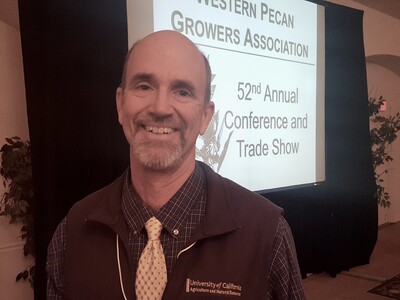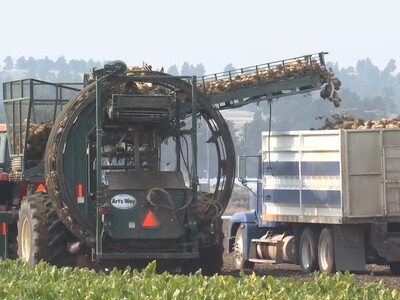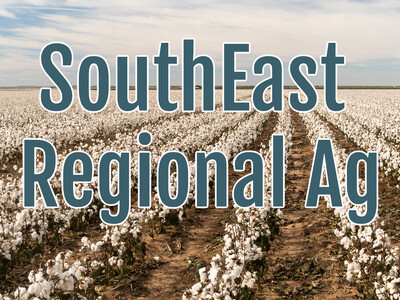New OSU Wheat Resists Stripe Rust, Bakes Well
New OSU Wheat Resists Stripe Rust, Bakes Well
I’m KayDee Gilkey with today’s Northwest Farm and Ranch Report.
Creating a new variety of wheat can take more than a decade. Even after that, breeders need an additional three years to generate enough seed for farmers.
Dr. Bob Zemetra, OSU's wheat breeding and genetics professor, shares more about a new variety that shows strong promise.
Zemetra: “Kaseberg is a new soft white wheat winter wheat released from Oregon State University that has good to excellent yield potential, good stripe resistance and excellent end use quality. The wheat producers in Western and Eastern Oregon, and even in parts of Eastern Washington and Southern Idaho could benefit from growing this variety.”
During two years of testing in Oregon, Kaseberg averaged 136 bushels an acre on land with high rainfall or irrigation – compared with 122 bushels for similar Oregon variety Stephens and 106 for the more recent release Tubbs 06. Under low rainfall conditions, Kaseberg averaged 91 bushels per acre versus 85 for Stephens and 81 for Tubbs 06.
OSU researchers developed Kaseberg to appeal to millers and bakers as Dr. Zemetra explains
Zemetra: “Some of the best end quality for soft white winter wheat products such as: crackers, cakes, cookies. So it has potential to meet the customers’ demand not only domestically for soft white wheat but it is an excellent wheat for our international customers.”
Zemetra says farmers will have to wait until this fall to purchase seed.
Zemetra: “There will be registered seed and a small amount of certified seed available this fall.”














